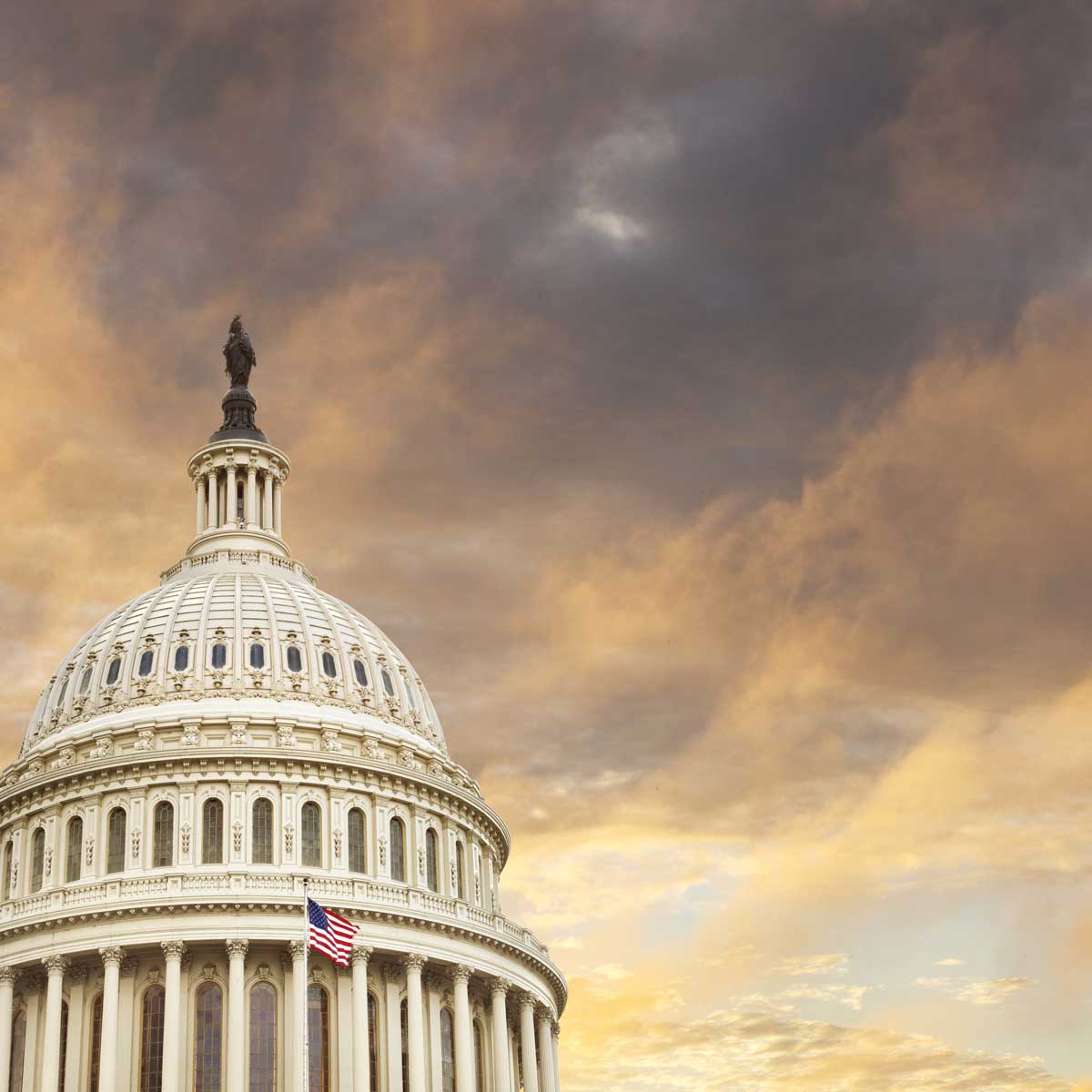This website uses cookies so that we can provide you with the best user experience possible. Cookie information is stored in your browser and performs functions such as recognising you when you return to our website and helping our team to understand which sections of the website you find most interesting and useful.
President Issues Executive Orders

After Failing to Reach CARES 2.0 Deal with Congress, President Issues Executive Orders
Congress and the Administration have enacted significant legislation this year to address the challenges associated with the Coronavirus pandemic. They have agreed on bills totaling approximately $3 trillion in relief, with the largest being the CARES Act. Nonetheless, Congressional leaders and the Administration felt there were outstanding economic needs that warranted another bill—dubbed by many, “CARES 2.0.”
Struggling to Reach a CARES 2.0 Agreement
Congressional leaders and the Administration have been negotiating for several weeks to come up with a CARES 2.0 package; however, late last week, they suspended talks. The House is seeking legislation amounting to over $3 trillion from the HEROES bill, while the Senate is looking at approximately $1 trillion in the HEALS bill. The amounts and provisions differ significantly in these bills, but Congressional leaders and the Administration still hope an agreement will be reached this month.
While there was some consensus on several lesser issues, the parties remained at a standstill on three key issues, encompassing the cornerstone of any deal:
- Unemployed insurance of $600 from CARES (that expired on July 31, 2020);
- Liability relief for businesses and employers for those infected with the Coronavirus; and
- Additional funding for states dealing with the pandemic.
Negotiators had set August 7 as a deadline for reaching a settlement. When no agreement was reached, the talks broke off putting CARES 2.0 in doubt.
Executive Orders
President Trump announced during the negotiations that he would issue Executive Orders (EOs) on several key provisions if no deal was brokered by the parties, and therefore on August 8, he issued four Executive Orders, as follows:
- Unemployment Insurance Benefits. The additional unemployment benefit of $600 per week that expired on July 31 has been extended by this EO. The amount, however, has been reduced to $400 per week. Thus, unemployed individuals will continue to receive these payments, but the amount has been scaled back. The cost of this benefit will be split, with the federal government picking up $300 of this weekly cost, and the state paying the remaining $100.
- Payroll Tax Deferral. The Administration had long sought a payroll tax deferral as part of an economic stimulus but found few takers in Congress. We address this payroll incentive in greater detail below.
- Assistance with Renters and Homeowners from Evictions.
- Assistance with Individuals Paying Student Loans.
Below for your reference is a copy of each Executive Order issued by the President.
EO on Payroll Tax Deferral
The EO on the payroll tax deferral, while not part of either the House’s HEROES bill or Senate’s HEALS bill, offers the following:
- The tax deferral applies to the employee’s share of payroll tax; not employers
- The deferral applies to the 6.2% Social Security Tax (and railroad tax, which is also at 6.2%)
- It does not apply to the 1.45% Medicare Tax
- It does not apply to Federal Income Tax (FIT) withholding
- The deferral applies to an individual if his or her wage/salary in the bi-weekly pay period is less than $4,000 on a pre-tax basis. This $4,000 level is adjusted for other pay periods
This payroll tax savings can be exhibited as follows:
| AMT Paid Bi-weekly Payroll | Payroll Savings | Total Savings (Sept. – Dec.) |
|---|---|---|
| $1,000 | $ 62. | $ 496. |
| 2,000 | 124. | 992. |
| 4,000 | 248. | 1,984. |
- This deferral applies to compensation paid from September 1, 2020 through December 31, 2020
- The deferred tax amounts are suspended “without any penalties, interest, additional amount or addition to the tax”
- The EO also indicates that the deferred payroll tax might be forgiven. The EO states: “The Secretary of the Treasury shall explore avenues, including legislation, to eliminate the obligation to pay the taxes deferred pursuant to the implementation of this memorandum.”
- The IRS and/or Department of Treasury will issue guidance to implement this tax deferral
Several initial issues and questions related to this payroll tax deferral that hopefully will be addressed by the IRS in its guidance include:
- When does this deferred tax amount need to be repaid by an employee? This date was not listed in the EO.
- It is unclear what role the employer has in this process, as they are the party that remits the payroll tax on behalf of the employee. Will the employer need to repay the deferred payroll tax of its employees at some future date? Will the employer then be reimbursed by the employee? How would an employer deal with an individual who is no longer employed?
- What new reporting will be required by employer for this deferral?
- Can an employee or an employer opt out of the new payroll tax deferral and continue to pay this tax as they always have? While not spelled out in this EO, Treasury Secretary Mnuchin announced on August 12 that employers could opt out.
Next Steps
There is some question as to the legal authority of the President to issue such EOs on these matters, so we will continue to monitor what happens and what implementation guidance is issued. It is also uncertain, now that the EOs were issued, if the Congressional leaders and Administration will try to restart their negotiations. If the parties somehow come to an overall agreement and CARES 2.0 is enacted, then the EOs might be rescinded. We will alert you when the Treasury Department or IRS issue any guidance on these EOs to assist businesses, employers and individuals.
Please contact your Sikich advisor if you have any questions on this.
This publication contains general information only and Sikich is not, by means of this publication, rendering accounting, business, financial, investment, legal, tax, or any other professional advice or services. This publication is not a substitute for such professional advice or services, nor should you use it as a basis for any decision, action or omission that may affect you or your business. Before making any decision, taking any action or omitting an action that may affect you or your business, you should consult a qualified professional advisor. In addition, this publication may contain certain content generated by an artificial intelligence (AI) language model. You acknowledge that Sikich shall not be responsible for any loss sustained by you or any person who relies on this publication.




